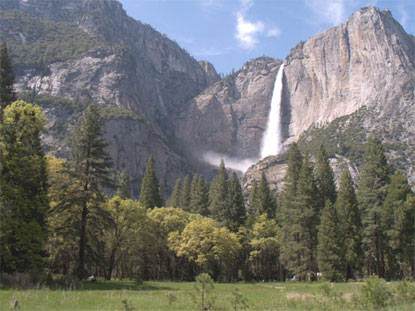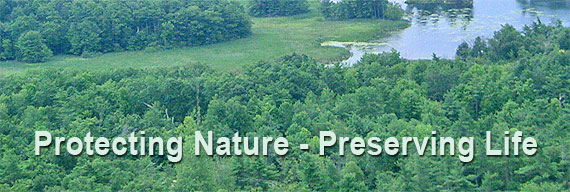|
Yosemite National Park is located in the
central Sierra Nevada of California and lies 150 miles east of San
Francisco and only a six hour drive from Los Angeles. Designated a
World Heritage Site in 1984, Yosemite is internationally recognized for
its spectacular granite cliffs, waterfalls, clear streams, giant
sequoia groves, and biological diversity. The 750,000-acre, 1,200
square-mile park contains thousands of lakes and ponds, 1600 miles of
streams, 800 miles of hiking trails, and 350 miles of roads. Two
federally designated wild and scenic rivers, the Merced and Tuolumne,
begin within Yosemite’s borders and flow west into California's Central
Valley. Annual park visitation exceeds 3.5 million, with most visitor
use concentrated in the seven square mile area of Yosemite Valley.

The geology of
Yosemite is characterized by granitic rocks and remnants of older rock.
About 10 million years ago, the Sierra Nevada was uplifted and then
tilted to form its relatively gentle western slopes and the more
dramatic eastern slopes. The uplift increased the steepness of stream
and river beds, resulting in formation of deep, narrow canyons. About 1
million years ago, snow and ice accumulated, forming glaciers at the
higher alpine meadows that moved down the river valleys. Ice thickness
in Yosemite Valley may have reached 4,000 feet during the early glacial
episode. The downslope movement of the ice masses cut and sculpted the
U-shaped valley that attracts so many visitors to its scenic vistas
today.
|













